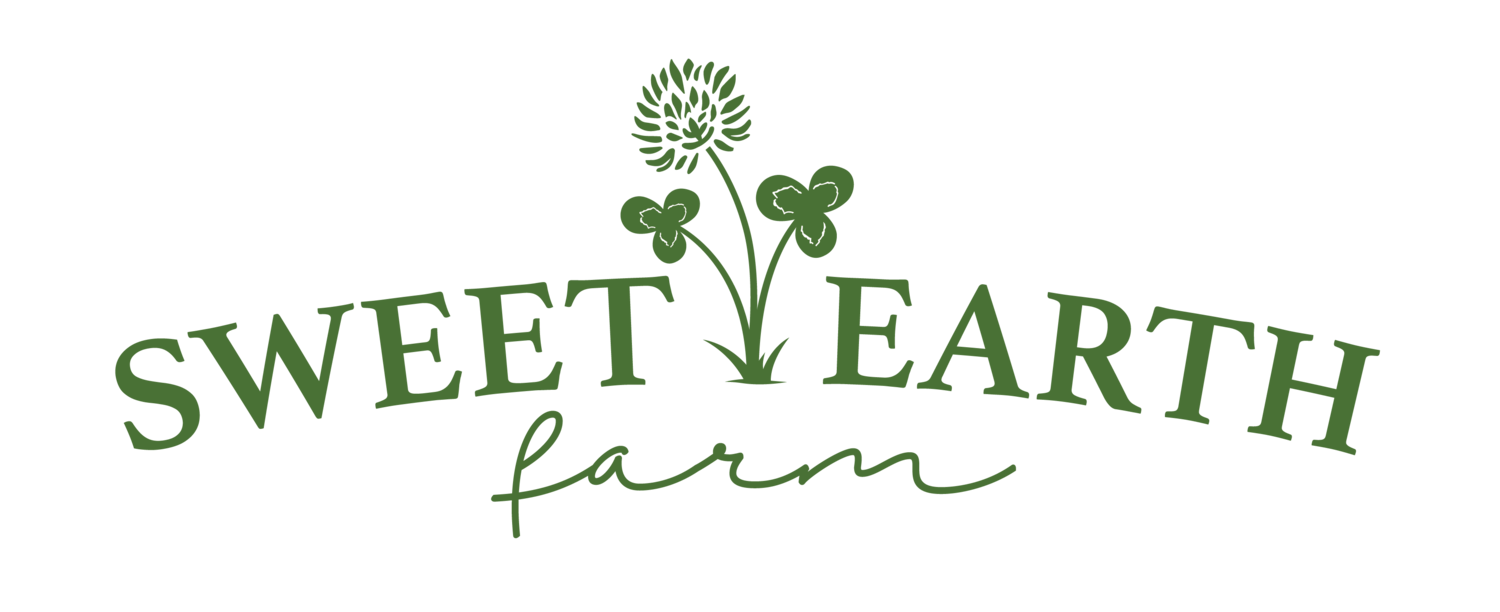What the heck is a haskap?!
Haskaps are an intensely delicious berry with extraordinarily high levels of anthocyanins, polyphenols and Vitamin C, making them a powerful superfruit. Their flavour is a unique and wonderful combination of sweet and tart, and described by some as being similar to raspberry and blueberry mixed together. We think it also has a bit of a citrusy flavour – or even kiwi!
Although haskap berries look similar to blueberries – they are completely unrelated! Based on our data comparing haskap berries to wild blueberries, haskaps have over ten times the amount of C3G anthocyanins as wild blueberries, and almost 1.5 times the polyphenols!
I have never heard of haskap berries where do they come from?
The exact origin of haskap berries is difficult to trace but evidence suggests they originated from the Northern hemisphere, specifically Western Europe, Siberia and Northern Asia.
Haskaps have been appreciated by Japanese hunter-gatherers from the Hokkaido region of northern Japan for centuries, who call haskaps the “berry of long life and good vision”. They have long been recognized by the Japanese for their health benefits, who consider haskap berries to be an elixir of life.
Do haskaps go by any other name(s)?
Yes they do! The Latin name for a haskap berry is Lonicera caerulea L. In the USA, they go by the name honeyberry. In Europe, they are often called blue-berried honeysuckle.
I tried haskap berries once and didn't think they tasted very good. Why?
We have heard some people describe haskaps as tasting bitter and sour. We believe this is because sometimes they are harvested before they are ripe. As haskaps ripen, their skin first becomes a beautiful and delicate powdery blue and then their inner pulp becomes a potent dark fuschia. Only when the inside is this colour (and no longer green), are they fully ripe and ready to harvest and eat. It's also possible that the bitter berries were from an earlier cultivar that was likely not intended for fresh eating.
How do you grow your haskap berries at Sweet Earth Farm?
We grow our haskap berries using organic and biologic farming methods. We consider these two approaches combined to be beyond organic, as they not only ensure that our berries are free from potentially harmful chemicals, but they produce berries that are especially nutrient-dense. This means added nutrition and flavour, without toxic chemicals.
By following organic methods, we do not spray our plants with potentially harmful non-organic herbicides or pesticides, nor do we use any synthetic and/or non-organic fertilizers in our soil. Instead, we use products such as liquid fish emulsion, molasses, milk and other certified organic amendments to feed our plants and soil to keep them healthy and resilient. Our organic certifying body is EcoCert Canada.
Biologic farming means that we select growing methods that focus on soil health; that is, we use practices that encourage and promote healthy and active biology in our soil. To achieve maximum soil health, we do not till or use plastic; we keep the soil in our orchard covered with green (living) mulch. We apply farm-made compost and aerated compost tea to keep the underground fungi and bacteria happy and productive. This is a “slow and steady” approach, that is intended to maximize nutrient density of our berries vs. berry yields.
Why organic?
This is a two part answer:
Firstly – based on our beliefs and desire to grow healthy food for our family and to promote and support the health of the ecosystem in which we live, there is no alternative to growing organic. We are more interested in maximizing our health than maximizing our yields. Though in time, we believe we can achieve both!
Secondly – for those who consume haskap berries for their nutritional and health benefits – it only makes sense to be consuming organic.
How do you know your berries are nutrient-dense?
Because we test them! One way to measure nutrient-density is to measure the Brix level of the berries prior to harvest. We test the Brix level of our berries daily during harvest, and only harvest a given cultivar when the Brix is optimal (typically at least 14). This means that we harvest our berries over several weeks - as each cultivar ripens on it's own timeline.
What cultivars of haskap berries do you grow?
We grow a number of different haskap cultivars in our orchard. The cultivar we like the best, that is most abundant in our orchard, is Aurora. This cultivar was developed by the University of Saskatchewan and is particularly large, sweet and juicy. Other cultivars that we have from the University of Saskatchewan include Tundra, Indigo Gem and Berry Blue. All of these cultivars are Japanese and are among our oldest plant stock.
We also grow a number of Polish cultivars, including Wojtek (Larisa), Jolanta (Evie) and Ruben (Erin).
